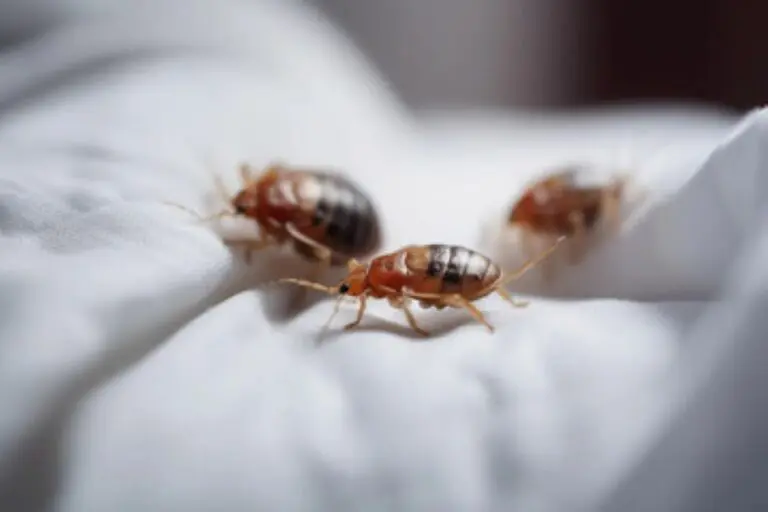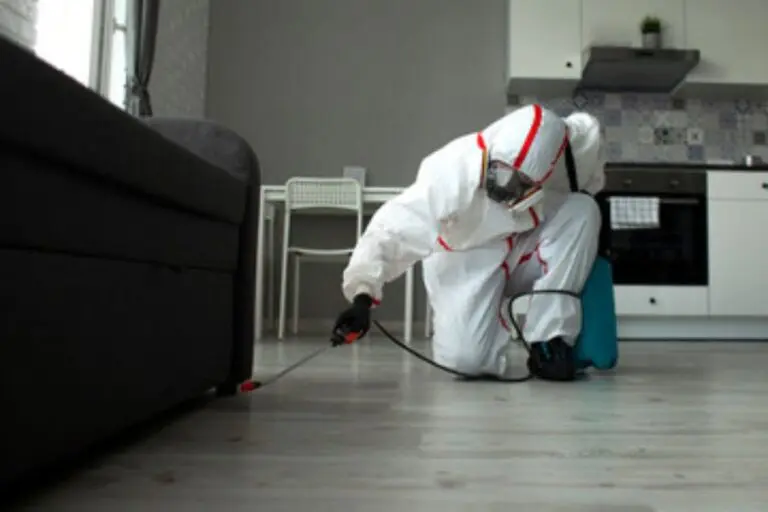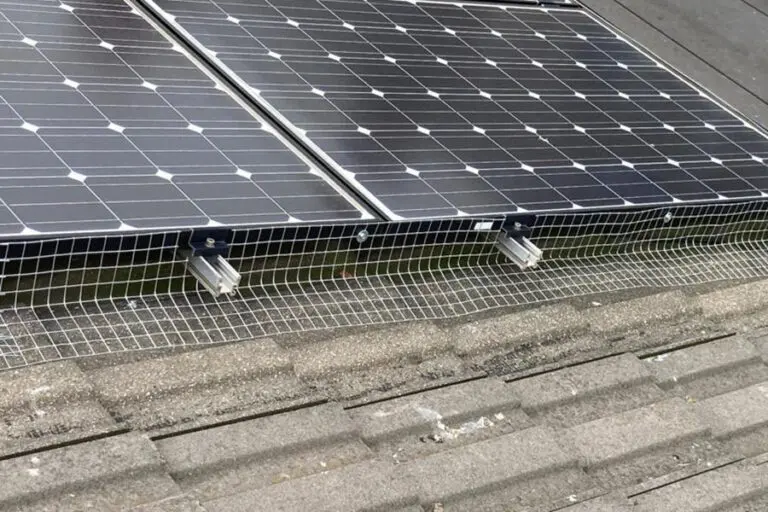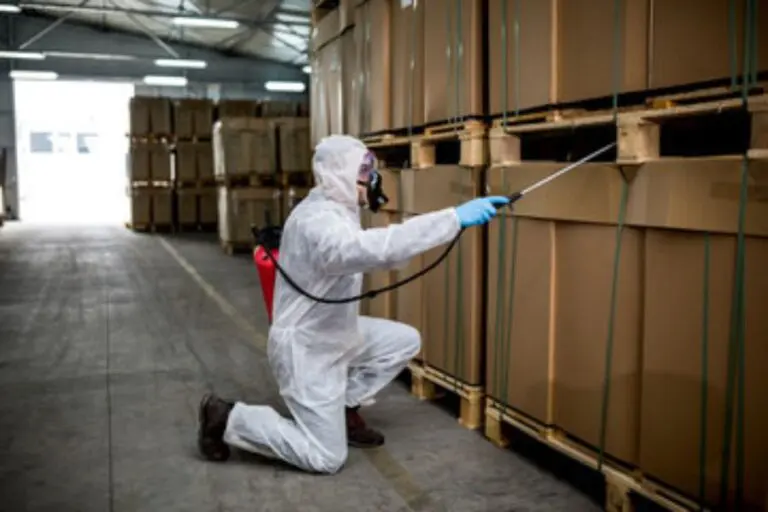Squirrels – Control Solutions: Everything You Need to Know
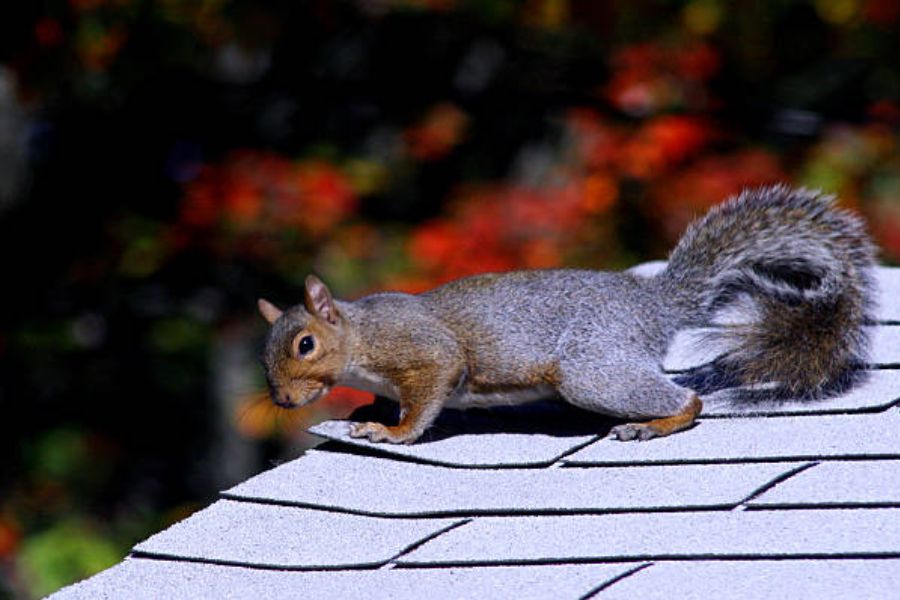
Squirrels, with their bushy tails and playful antics, might seem like harmless creatures, but they can be quite a nuisance when they invade our homes and properties. Beyond the nuisance, they can also pose significant risks. Squirrels can cause damage to your property, chew through electrical wires, and even carry diseases. This guide will explore comprehensive solutions to manage squirrels, from understanding the signs of an infestation to implementing long-lasting control methods. Whether you’re dealing with a squirrel in the attic or squirrels in the garden, these solutions will help you maintain a squirrel-free property.
Signs of a Squirrel Infestation
A squirrel sighting in your yard may be common, but how can you tell when squirrels have become an infestation? Squirrels are resourceful animals that can turn any small opening into a way inside your property. Here are the key signs to watch for:
Strange Sounds: One of the first indicators of a squirrel problem is unusual sounds from your attic, walls, or chimney. Squirrels make noises like scratching, scampering, and gnawing, particularly early in the morning or evening when they are most active.
Droppings: Squirrel droppings are similar to mice but larger and are often found near entry points, attics, and other areas where squirrels are active.
Chewing and Gnawing Damage: Squirrels chew on various materials, including wood, insulation, and electrical wires. You may notice bite marks or small piles of debris near chewable surfaces.
Nesting Materials: Squirrels build nests, also known as dreys, out of leaves, twigs, and soft materials. Finding nests in your attic or high up in trees near your home may indicate an infestation.
Sightings and Increased Squirrel Activity: A sudden increase in squirrels around your property, especially near entry points like rooflines, can indicate an infestation.
Damage to Plants and Gardens: Squirrels dig up plants, eat fruits, and sometimes raid bird feeders. Squirrels may be the culprit if you see signs of digging, uprooted plants or missing fruits and vegetables.
If you spot multiple signs of a squirrel infestation, remember that you’re not alone. Consulting a pest control professional can provide reassurance and expert guidance to help assess the problem and determine the best action for removal and prevention.
Methods Used by Pest Control Services for Squirrel Removal
Regarding squirrel removal, it’s important to consider the ethical implications. Professional pest control services can provide safe, humane, and practical solutions when squirrels invade your property. Here’s how pest control experts typically handle squirrel removal:
Inspection: A thorough inspection identifies entry points, nesting areas, and signs of squirrel activity, helping professionals develop a tailored removal plan.
Exclusion Techniques: Pest control professionals use durable materials like steel mesh and caulk to seal off all potential entry points. This proactive approach empowers homeowners, giving them control over preventing squirrels from returning.
Humane Trapping: Pest control experts use humane traps designed for squirrels, placing them strategically along squirrel travel routes or near entry points. Once caught, squirrels are relocated far from residential areas to avoid recurrence.
Repellents: Safe and squirrel-specific repellents may be used to discourage squirrels from entering certain areas. These can include natural deterrents, predator urine, and other scent-based repellents that squirrels dislike.
Habitat Modification: Pest control experts may suggest habitat modifications, such as trimming trees and removing food sources, to make your property less attractive to squirrels.
Ongoing Monitoring: After removal, pest control professionals may offer follow-up visits. This ongoing support helps homeowners feel secure, knowing that their property is being monitored to ensure that squirrels do not return and to help maintain a squirrel-free environment.
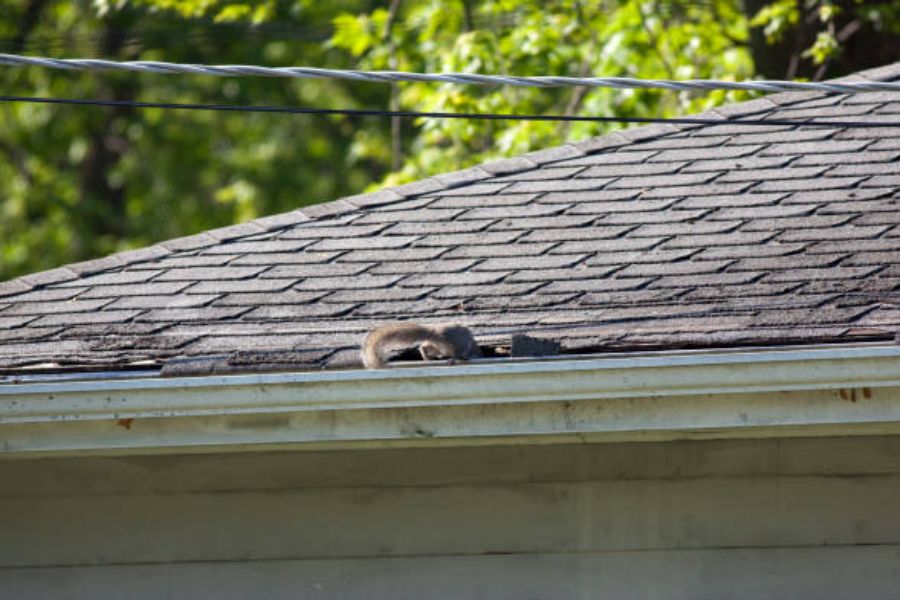
Practical Steps for Removing Squirrels from the Attic
When squirrels enter the attic, they can cause significant damage. Here’s how to get rid of squirrels in your attic safely and effectively:
Inspection for Entry Points: Start by carefully examining your attic for openings that squirrels might use, such as roof vents, chimneys, and soffits.
Seal Openings: Once you’re sure no squirrels are left inside, use materials like hardware cloth or steel mesh to seal entry points.
Set humane traps: Humane traps baited with nuts or peanut butter can capture squirrels inside the attic. After capturing them, release them at a safe distance from your property.
Repellents: To prevent squirrels from returning, place natural deterrents, like predator urine or certain essential oils, around the attic.
Clear and Disinfect: Clean your attic thoroughly, removing nesting materials, droppings, and other remnants to discourage future infestations.
Tips for Managing Squirrels in the Garden
Squirrels are notorious for digging in gardens, eating plants, and raiding bird feeders. Here’s how to manage squirrels in your garden:
Eliminate Food Sources: Clean up any fallen fruits, nuts, or seeds that may attract squirrels to your garden.
Use Fencing and Netting: Squirrel-proof fencing or netting around plants and bulbs can protect them from digging and gnawing.
Apply Repellents: Natural or commercial repellents like garlic, hot pepper spray, or predator urine can keep squirrels away from specific areas.
Alternative Feeding Stations: Provide an alternative food source away from your garden. This can help satisfy squirrels without sacrificing your plants.
Noise and Motion Deterrents: Reflective items like wind chimes or pinwheels can startle squirrels and keep them at bay.
How to Keep Squirrels off the Roof
Roof access is a common way for squirrels to enter attics. Here’s how to keep squirrels off the roof:
Trim Tree Branches: Cut back any tree branches that overhang or are close to your roof, preventing easy access for squirrels.
Install Squirrel Guards: Devices like squirrel baffles or metal collars around tree trunks and gutter lines can deter squirrels from climbing.
Use Repellents: Odour-based repellents or ultrasonic deterrent devices can discourage squirrels from hanging around your roof.
Remove Food Sources: Keep bird feeders and other food sources away from your roof to reduce attraction.
Best Ways to Eliminate Squirrels from Your Home
If squirrels find their way into your living spaces, it’s essential to act fast. Here’s what you can do:
Identify and Seal Entry Points: Look for openings like gaps in walls, holes in the roof, or vents and seal them.
Engage Squirrels to Leave: If it’s safe, open windows or doors, giving the squirrel a clear path to escape.
Install squirrel guards. Set humane traps with squirrel-friendly bait and release any caught squirrels far from your property.
Use Repellents: Apply natural repellents around entry points to discourage squirrels from returning.
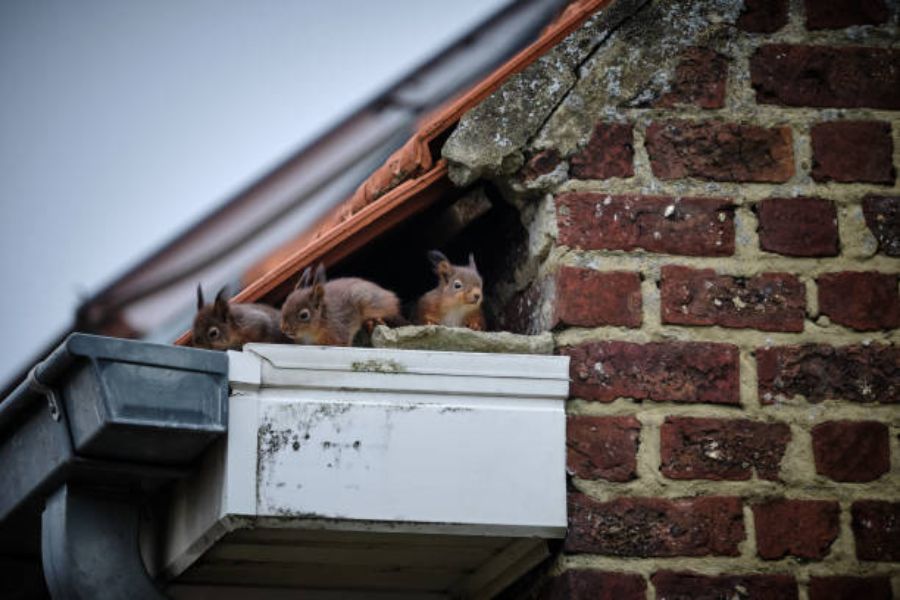
How to Prevent Squirrels from Returning
After successfully removing squirrels, it’s crucial to prevent them from returning:
Seal All Entry Points: Regularly inspect and seal gaps, cracks, and potential entry points around your home.
Eliminate Food Sources: Store birdseed, pet food, and garbage securely to reduce the attraction for squirrels.
Yard Maintenance: Keep your lawn clean, trim back trees, and remove potential nesting materials like leaves and twigs.
Professional Pest Control: For long-term prevention, consult a pest control provider to help maintain a squirrel-free environment.
Understanding the Damage Squirrels Cause
Squirrels may seem small, but their presence can lead to severe property damage:
Structural Damage: Squirrels can gnaw on wooden structures, insulation, and pipes, leading to costly repairs.
Fire Hazard: Chewing on electrical wires is particularly dangerous, as it can lead to short circuits and potential fire hazards.
Noise and Odour: Squirrels nesting in walls or attics make noise, and their droppings can cause unpleasant odours and health concerns.
Garden Damage: Squirrels dig up plants, raid bird feeders, and damage flowers, fruits, and vegetables, impacting the aesthetics and productivity of your garden.
Effective Squirrel Repellents
Repellents can be practical tools in keeping squirrels at bay. Here are some options:
Spicy Repellents: Hot pepper sprays or cayenne powder deter squirrels from chewing on plants and structures.
Predator Urine: Products containing fox or coyote urine can make squirrels believe a predator is nearby, discouraging their presence.
Essential Oils: Squirrels dislike peppermint, garlic, and other strong smells. Use these around entry points for added protection.
Ultrasonic Devices: These devices emit sounds that are bothersome to squirrels but inaudible to humans, making them a discreet repellent.
Motion-Activated Devices: Water sprinklers or lights that activate with motion can help scare squirrels away from gardens or roofs.
How to Manage Squirrels in Trees
Trees are natural squirrel habitats but can also serve as launch points to roofs or gardens. Here’s how to manage squirrels in trees:
Install Tree Collars: Wrap metal collars around trunks to prevent squirrels from climbing.
Use Reflective Objects: Hanging reflective or noisy Objects can make squirrels uncomfortable, discouraging nesting.
Apply Repellents: Spray safe repellents on trunks and branches to make the tree less attractive to squirrels.
Seek Professional Help: A pest control expert can provide tailored solutions if you’re dealing with a giant squirrel population in your trees.
You can maintain a squirrel-free property by understanding squirrel behaviour and using effective control strategies. From identifying signs of an infestation to implementing preventive measures, these solutions will help keep your home and garden safe from squirrel damage. Whether dealing with a single squirrel or an entire infestation, following these steps can help you reclaim your space and enjoy a squirrel-free environment.
